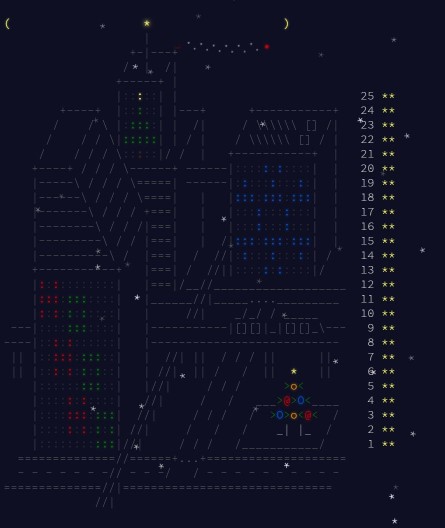Hi everyone!
I want to share four functions with you. I hope that you can use it at some time.
DNI: the initials of the type of national identity document, is composed of different series of numbers and letters. That proves the identity and personal data of the holder, as well as the Spanish nationality. Example: 94494452X
NIE: The NIE or foreigner identity number is a code for foreigners in Spain.
In this page you can generate examples of DNI or NIE https://generadordni.es/

